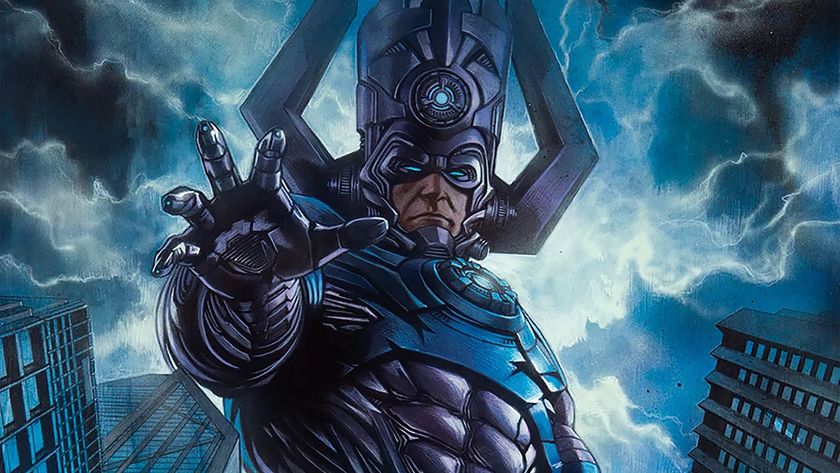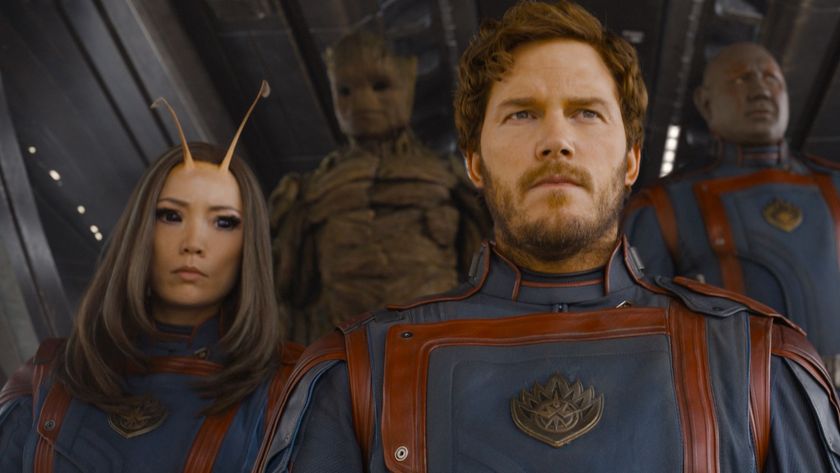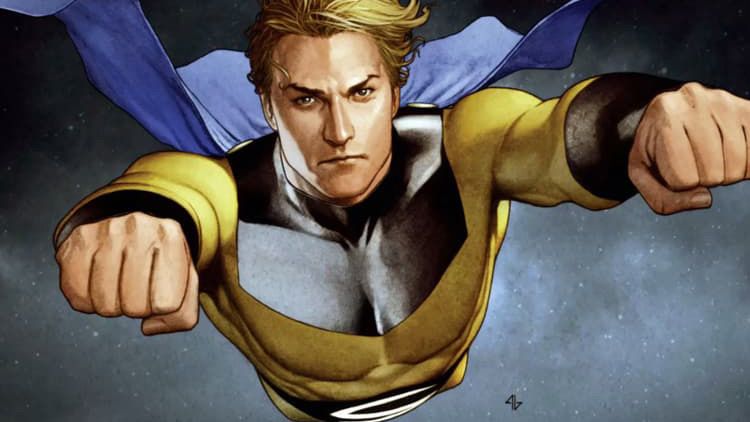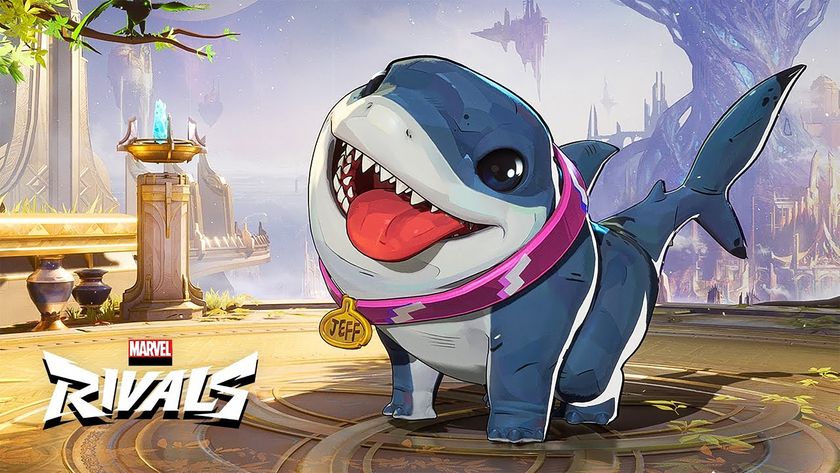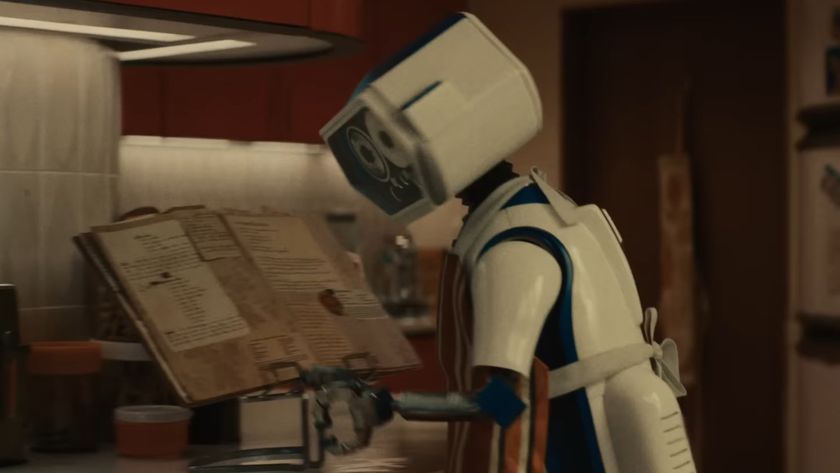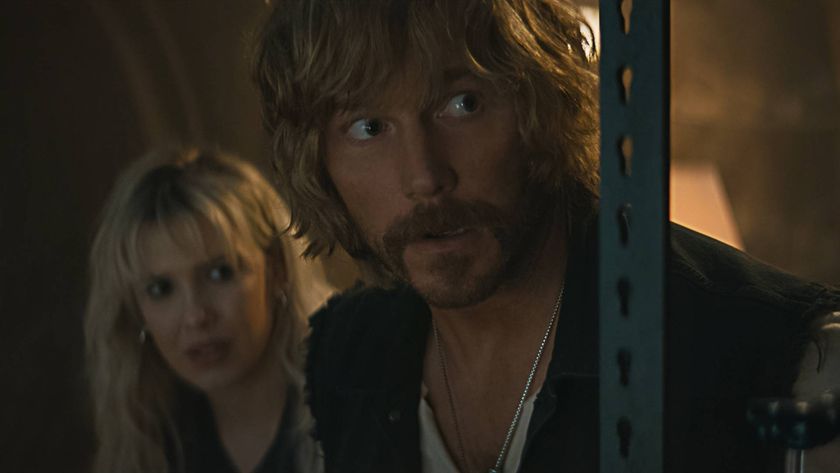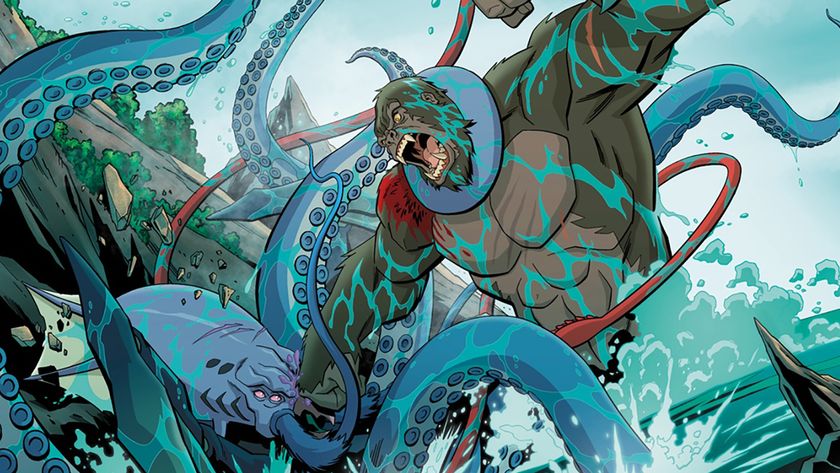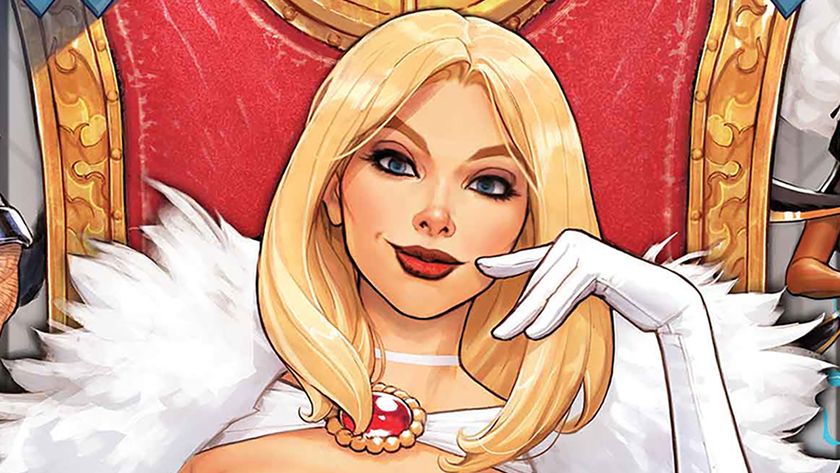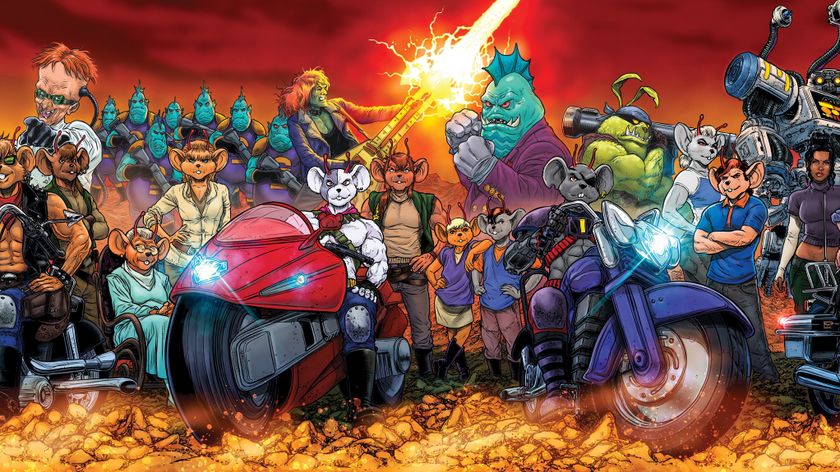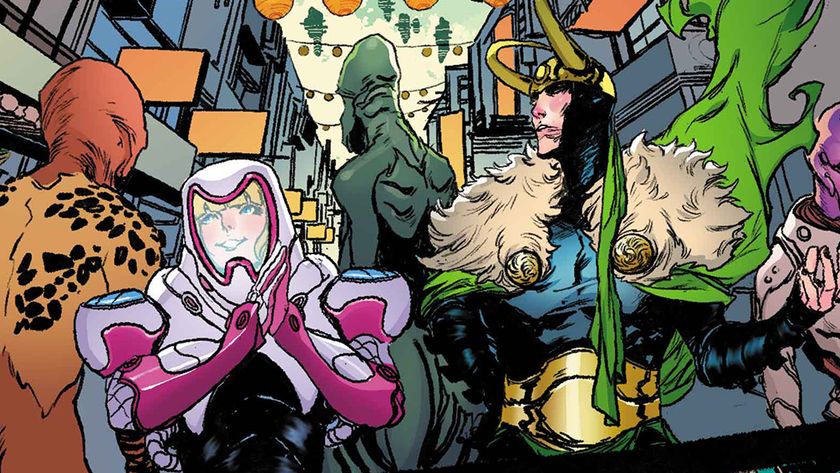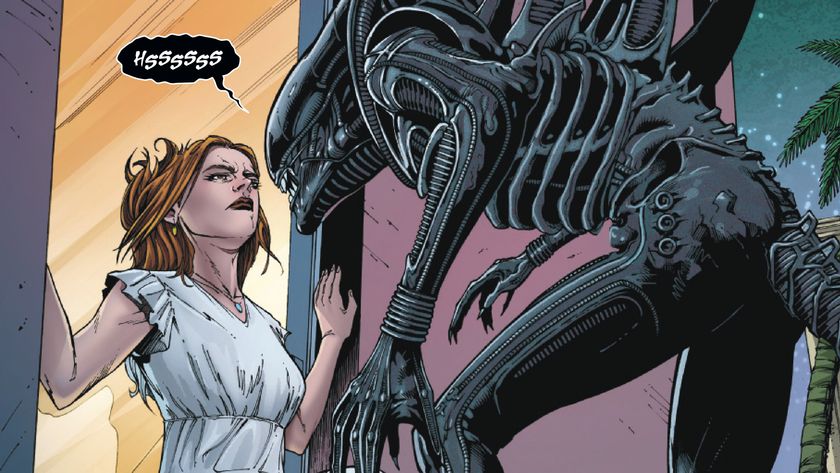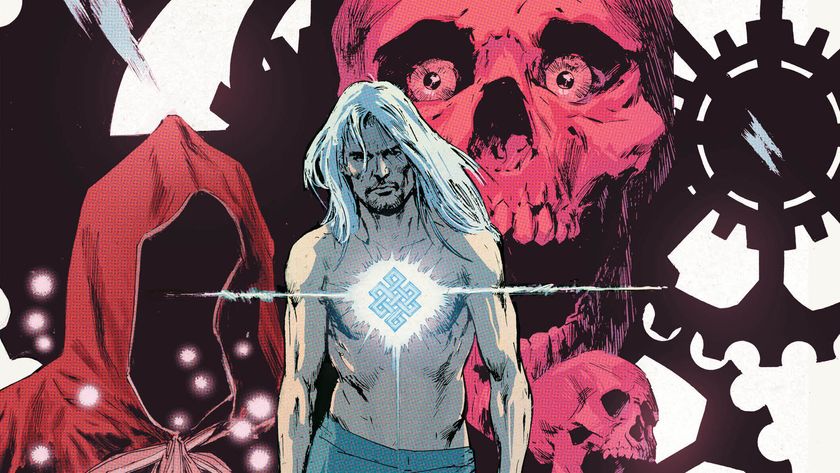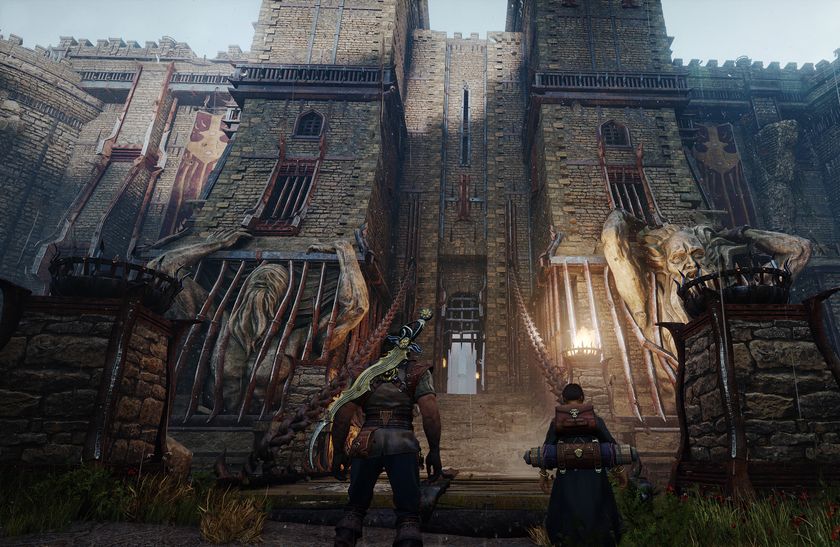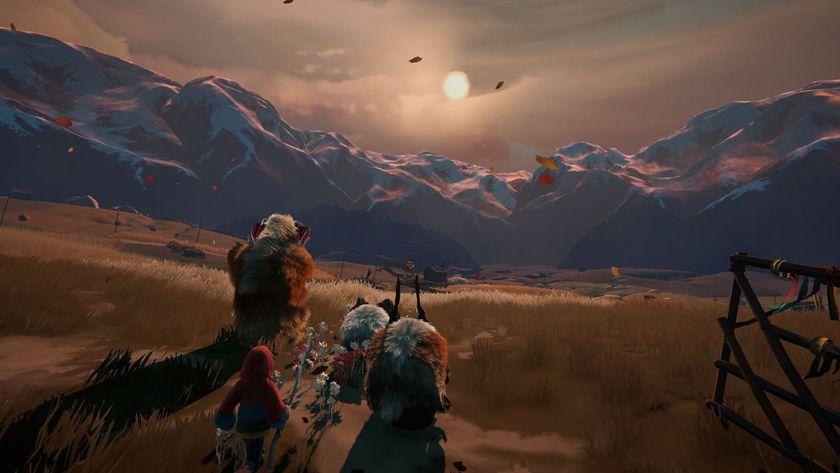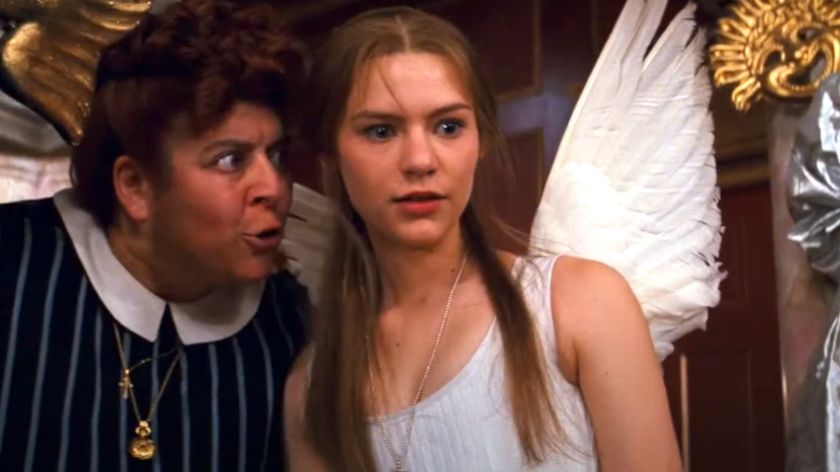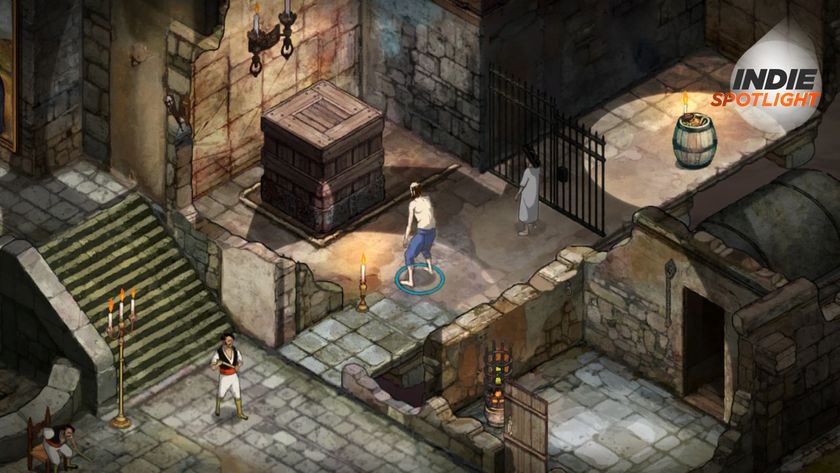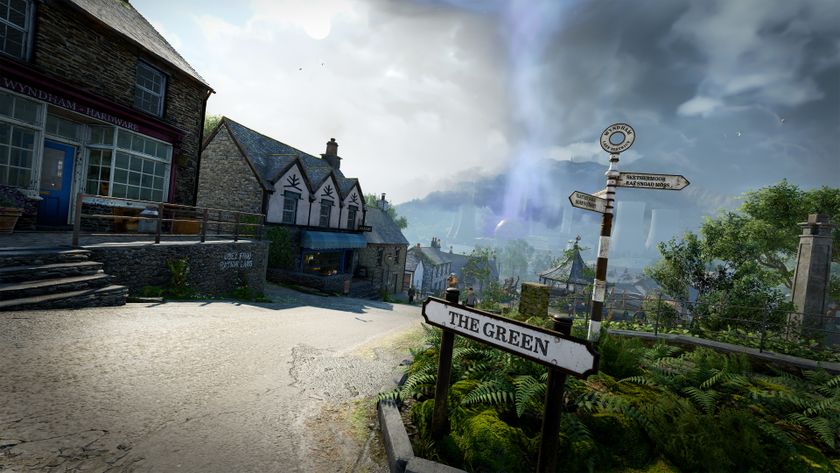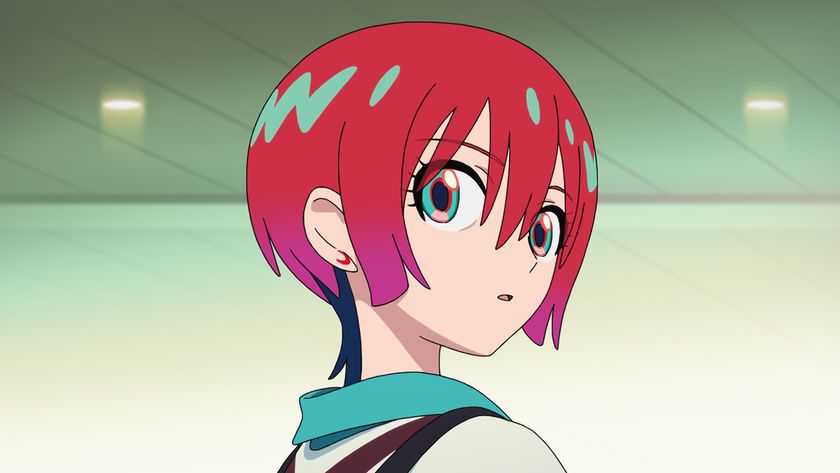Star-Lord: How a '70s D-list Marvel character became one of its biggest stars with Guardians of the Galaxy
Co-creator Steve Englehart, actor Chris Pratt, and more talk about the journey of Peter Quill, AKA Star-Lord
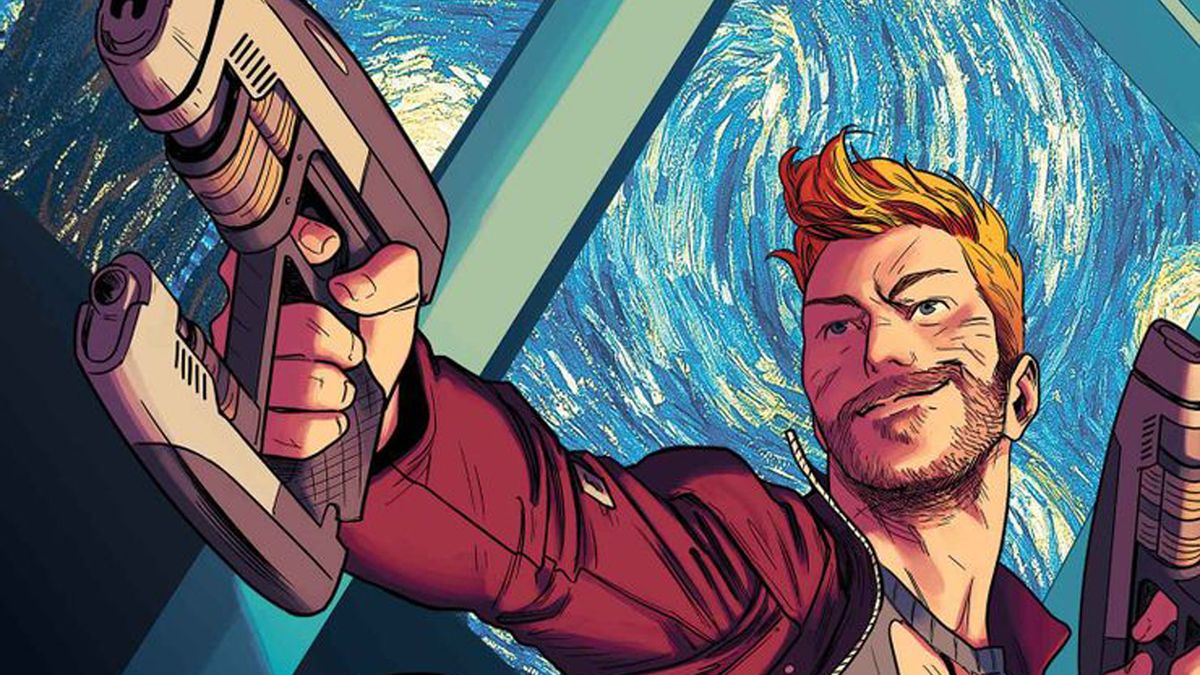
When actor Chris Pratt proclaims his self-imposed codename, Star-Lord, in the original Guardians of the Galaxy film, it causes Korath to pause when he asks, "Who?" For many people, both the general public and comics fans, they had the very same question of just who the heck is Star-Lord.
At the time, Star-Lord was a C-list character that was recently revived in a cult-favorite comic run that, while well-remembered, was short-lived. He was still part of the 'new' Guardians of the Galaxy, at a time when the classic version was still widely viewed as the superior one. For fans of Annihilation, they knew who Star-Lord was, but not that well; for decades he was rarely seen in comics, going years between appearances.
So how did a once-forgotten footnote in Marvel's comic history turn become the unlikely leading man of Marvel's cosmic frontier? As it turns out, it was never the plan – but that turns out to be the key to Star-Lord's success.
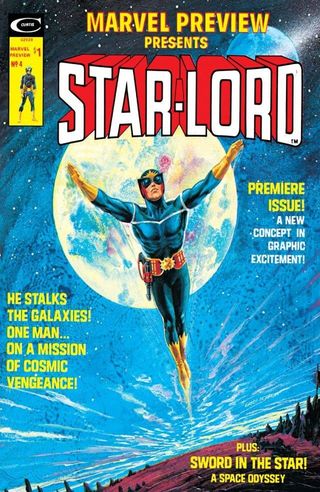
"My original idea was to create a complete a-hole, and then have him evolve over time (and space) into a…Star-Lord," says Steve Englehart, the man who dreamt up the character back in 1975 before his debut in 1976's Marvel Preview #4 illustrated by Steve Gan.
"He was to move outward across the solar system, having a mythological/astrological story on each planet - a fairy tale on Mercury, a love story on Venus, a war story on Mars, and so on."
At the time, Englehart was one of Marvel's top writers, handling both The Avengers and Captain America. Englehart's admittedly ambitious plans for Star-Lord's multi-issue story was to get a star artist for each of the planetary-themed issues: Sheldon Mayer for Mercury, Jay Scott Pike for Venus, Joe Kubert for Mars, John Buscema for Jupiter, for example.
"Point being, the series was conceived as a series. But I only got to do the first issue, about the complete a-hole, and then I left Marvel," the writer tells Newsarama. "So for the next few decades, I was sorry about the grand idea that got away…"
Comic deals, prizes and latest news
Get the best comic news, insights, opinions, analysis and more!
After Englehart's departure, Star-Lord drifted to obscurity despite a last-ditch makeover of the character by then-budding writer Chris Claremont just a few issues later in Marvel Fanfare #14.
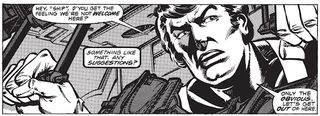
To a degree, even Marvel has trouble remembering the character – sometimes forgetting the hyphen in the "Star-Lord" name in comics and on cover pages. After some minor appearances in anthologies in the late '70s and early '80s, Star-Lord only popped up once in the 23-year stretch from 1981 to 2004 – as an ancillary character in 2000's Inhumans series.
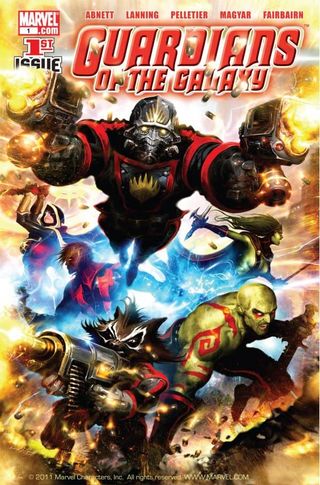
But in 2004, his inclusion in the latter part of Keith Giffen's Thanos series set him on a path to take the helm of the reconstituted Guardians of the Galaxy in 2008 after Annihilation. But that series, unfortunately, was canceled after two years.
Sam Humphries, who wrote the 2014 Legendary Star-Lord comic book series, says the character's near-complete absence from comics for nearly a quarter-century between his earliest stories and his induction into the Guardians of the Galaxy was a "double-edged sword" for him as a writer.
"It's less confining," Humphries tells Newsarama. "But you don't have as much supporting history either."
That "supporting history," what little there is, was revised somewhat – thanks to the character's lack of popularity early on.
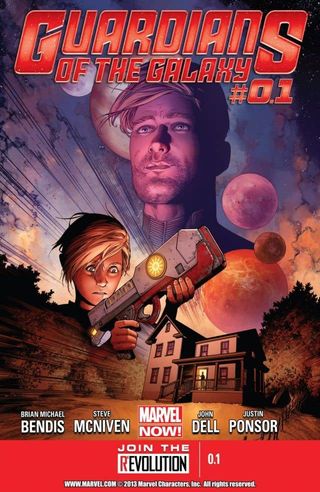
In 2013's Guardians of the Galaxy #0.1, Quill's origin was retooled by Bendis and artist Steve McNiven to its current status as the half-human prince of an alien space adventure/ruler J'son of Spartax, something established early on in the character's existence but not explored (or explained) much in the intervening years. In the new origin, J'son directly set Peter to be the Star-Lord, a title belonging to his empire, rather than a somewhat mystical being doling out the role in his original story. This key trait – Star-Lord being half-human and half-alien – became a core element to the character going forward.
"His dual heritage is the key to making him tick," Humphries says. "He is the son of both Earth and space, of an honorable mother and a despicable king."
After that, Humphries says the key text from Star-Lord's earlier stories is his interactions in Annihilation. Outside of that, Humphries says he influenced by outside works like the European comics series Blueberry and films such as Raiders of the Lost Ark. Although some people might compare him to John Carter giving their similar space-faring voyages, Humphries says they couldn't be further apart.
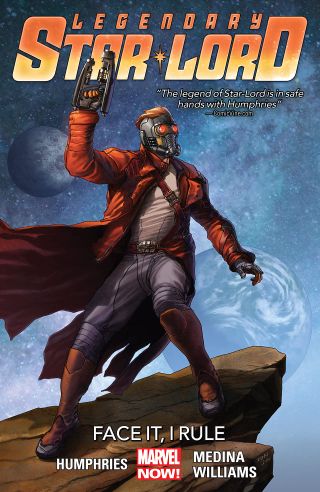
"Peter isn't John Carter – the archetypical space man striving and yearning to return home. Peter had a crappy life on Earth. In space, he is awesome," the writer relates. "Space is his home. For Peter, the cosmos rules."
When asked about the strange turn of events that has brought Star-Lord from obscurity to his highest measure of popularity ever, Englehart says it's all thanks to Dan Abnett and Andy Lanning. As a veteran writer of both Marvel and DC, he's all too familiar with some characters falling by the wayside.
"If Star-Lord had become a better person, he wouldn't have fit the Guardians of the Galaxy in the comic, let alone the movie, so good on the guys who put him in the comic," Englehart says. "It's the nature of comics that leftover characters get recycled, and there were very few more leftover than Peter Quill, but if I'd had to pick one of my creations to get recycled, he'd have been at the bottom of the list - and to be the star of a major motion picture, he'd have been laughed out of town. But here he is, and all because he never convincingly evolved."
To wit, Chris Pratt told us back in 2013 that the character's unknown status helped he and James Gunn craft the character more for their own use.
"Well, he is on a quest to escape, essentially. But in the same way that a lot of people are on Earth. Like, he, you know, he's got like a hope to him. Like, the kind of hope that you have when you buy a lottery ticket," Pratt told Newsarama on a set visit to the first film.
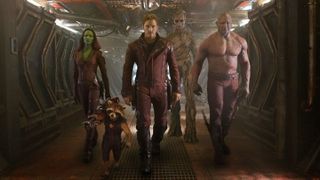
"You know, he thinks if he could just make that score, everything will be fine and everything will be taken care of. And I think he learns through the course of the movie that that's not ultimately where you find true satisfaction with yourself or real happiness. It's really gonna come from doing something bigger than yourself and giving yourself up to something that's bigger than yourself. So we find him in a hopeful, playful place where – and he's sort of escaping and a little bit on the run."
Although Englehart never worked on the Star-Lord character again after his abbreviated debut arc in 1976's Marvel Preview, the writer says Marvel "has been very forthcoming" about keeping creators involved in the process regarding characters they created. Although he wasn't involved in the film, the writer says Marvel "treat their creators like guys who created something valuable."
And Marvel has kept to Englehart's "a-hole" pattern for Star-Lord all these years, to the point of him being downright irascible in the current Guardians of the Galaxy series written by Al Ewing. So as his co-creator has said, Peter Quill isn't evolving - he's just aging like a fine liquor.
Reports indicate that a new Guardians of the Galaxy game will be unveiled at E3 2021.
Chris Arrant covered comic book news for Newsarama from 2003 to 2022 (and as editor/senior editor from 2015 to 2022) and has also written for USA Today, Life, Entertainment Weekly, Publisher's Weekly, Marvel Entertainment, TOKYOPOP, AdHouse Books, Cartoon Brew, Bleeding Cool, Comic Shop News, and CBR. He is the author of the book Modern: Masters Cliff Chiang, co-authored Art of Spider-Man Classic, and contributed to Dark Horse/Bedside Press' anthology Pros and (Comic) Cons. He has acted as a judge for the Will Eisner Comic Industry Awards, the Harvey Awards, and the Stan Lee Awards. Chris is a member of the American Library Association's Graphic Novel & Comics Round Table. (He/him)
